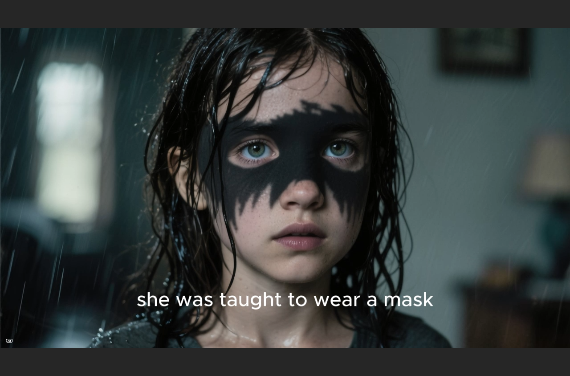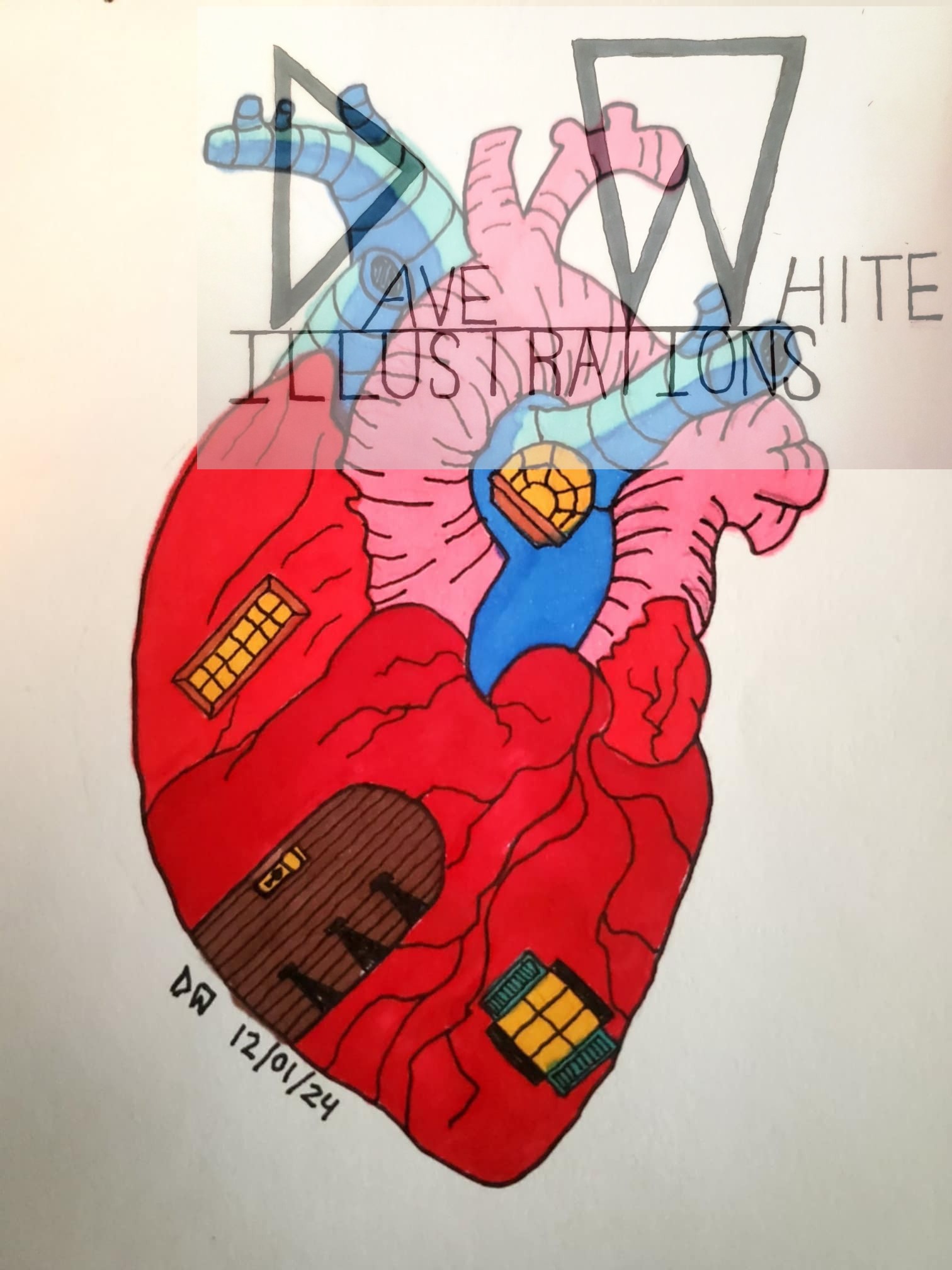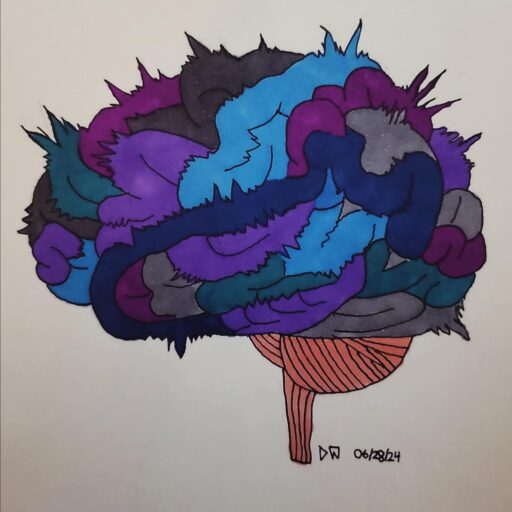Your cart is currently empty!
The Inheritance of Silence: From Page to Screen

Stories live beyond the page—they echo in the spaces we inhabit, in the silences we inherit, and now, in the visual dimensions that technology allows us to create. My short story, The Inheritance of Silence, first appeared on Poetic Bipolar Mind. Today, that story has transformed into a new form: a YouTube video adaptation, bringing its haunting imagery and emotional resonance into motion.
This evolution is not about replacing words with visuals but expanding them—allowing silence, inheritance, and memory to be felt through imagery, pacing, and tone.
Silence as a Character
Silence has always been more than absence—it is a living force in our lives, shaping how we remember, speak, and connect. In The Inheritance of Silence, silence functions as both setting and character. The quiet of a room after an argument, the unspoken grief passed through generations, the heavy hush between people who love but cannot say the words—all of these silences become inherited burdens.
As Susan Sontag once wrote, “Silence remains, inescapably, a form of speech.” In this story, silence communicates what the characters cannot. It is both suffocating and revelatory.
From Written Word to Moving Image
The YouTube video adaptation breathes motion into the stillness of text. Where the story relied on description—“the silence pressed down like a blanket, heavy and unrelenting”—the video embodies that sensation with muted tones, careful pacing, and stark imagery.
This echoes Marshall McLuhan’s assertion that “the medium is the message.” By translating prose into video, the story inherits a new dimension: the silence between words becomes visual pauses, the absence of sound becomes part of the narrative rhythm, and the imagery evokes emotional resonance beyond text.
Inheritance Beyond Bloodlines
The title itself speaks to what we pass down—sometimes without choice. Silence, like trauma, can be an inheritance. Families inherit stories left untold, wounds unspoken, truths buried in quiet. In the video, this inheritance is visualized through lingering images of empty spaces, decaying structures, and shadows that suggest presences unseen.
This mirrors Toni Morrison’s observation in Beloved: “This is not a story to pass on.” And yet, through art—whether written or visual—we do pass them on. Silence becomes testimony.
Why Adaptation Matters
By creating this video, I am not only honoring the original story but also expanding its reach. For some, the written word resonates most. For others, it is sound, image, or movement. Adaptation allows The Inheritance of Silence to live in multiple forms, ensuring its themes echo in new ways and reach new audiences.
This blending of mediums reflects the ethos of Poetic Bipolar Mind: a space where words, art, and multimedia merge into what I call Emotive Fusion Art.
Works Cited
- Morrison, Toni. Beloved. Vintage International, 2004.
- McLuhan, Marshall. Understanding Media: The Extensions of Man. McGraw-Hill, 1964.
- Sontag, Susan. Styles of Radical Will. Farrar, Straus and Giroux, 1969.
Discover more from Poetic Bipolar Mind
Subscribe to get the latest posts sent to your email.
-

Rage, Acceptance, and the Light
Dylan Thomas’s Do Not Go Gentle into That Good Night demands defiance against death, yet it raises a paradox: is it better to rage or to accept? This reflection explores Thomas’s urgency, the ethics of resistance, and how Poetic Bipolar Mind embodies both rebellion and peace in the face of mortality.
-

Binds
Ice burns through the chest, freedom becomes a cruel illusion, and binds linger even when the shackles are gone. Binds captures the ache of emptiness, the weight of choices, and the haunting question of whether escape truly exists. Yet, amidst despair, hope flickers faintly in the mist.
-

My Door’s Key
"My Door’s Key" opens the locked door to depression’s hidden battles. With raw honesty and vivid imagery, it reveals the weight of mental illness, the silence behind the smile, and the courage it takes to seek healing. A poem of pain, vulnerability, and the hope for connection.

Leave a Reply